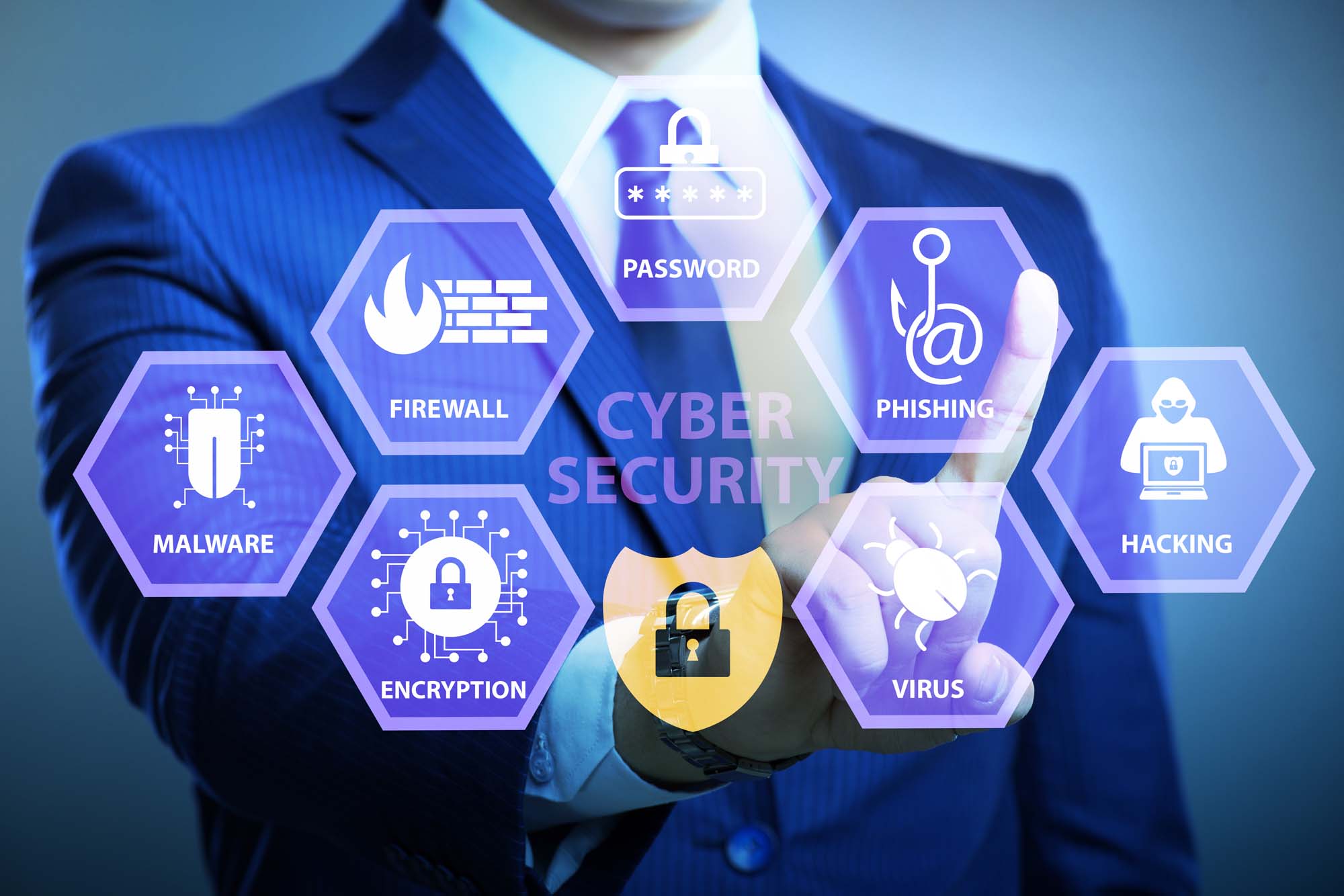The Rise of Deepfake Phishing Attacks: A New Era of Cybercrime

In the ever-evolving landscape of cyber threats, deepfake phishing attacks have emerged as a new and particularly insidious form of cybercrime. Leveraging advanced artificial intelligence (AI) technologies, these attacks combine traditional phishing tactics with deepfake technology to create highly convincing and deceptive schemes. Let’s delve into what deepfake phishing is, how it works, and what can be done to protect against it.
What is Deepfake Phishing?
Deepfake phishing involves the use of AI-generated media—such as videos, audio recordings, or images—that mimic real people. These deepfakes are crafted using deep learning algorithms, making them almost indistinguishable from genuine content. By exploiting the trust and familiarity people have with these seemingly authentic media, cybercriminals can manipulate victims into divulging sensitive information or performing actions that compromise security
How Deepfake Phishing Works
Deepfake phishing attacks typically follow the core principles of social engineering, aiming to confuse or manipulate users and bypass traditional security measures. These attacks can come in:
- Emails or Messages: Attackers can create fake profiles on social media or professional networks, impersonating CEOs or other high-ranking officials. These profiles are then used to send personalized messages that appear credible, luring employees into sharing confidential information or transferring funds
- Video Calls: Using deepfake technology, attackers can simulate live video calls with victims. For instance, a scammer might impersonate a trusted colleague or superior during a Zoom call, convincing the victim to share sensitive data or authorize financial transactions
- Voice Messages: Voice cloning technology allows attackers to replicate someone’s voice with just a few seconds of audio. These cloned voices can be used in voicemail messages or live phone calls to deceive victims into believing they are speaking with a legitimate contact
The prevalence of these attacks has surged in recent years, underscoring the need for heightened vigilance:
- Over 10% of organizations faced successful or attempted deepfake fraud
- 40% of companies and their customers have already fallen victim to deepfake attacks
- In 2023 alone, over 500,000 deepfaked videos and voice clips were detected
- Only 52% of organizations feel confident they can spot deepfakes of their CEOs, even with rising attacks
Protecting Against Deepfake Phishing
Given the sophistication of deepfake phishing attacks, traditional security measures may not be sufficient. At Summit Business Technologies, we offer several solutions to help protect against deepfake phishing attacks:
- Multi-Factor Authentication (MFA) Solutions: Our robust MFA systems add an extra layer of security for any of your applications including those with sensitive transactions and communications.
- Employee Training Programs: Our Security Awareness Training Program offers comprehensive training modules to educate employees about deepfake threats and how to recognize them. Our cold phishing process, provides regular simulated phishing attacks, keeping your employees on their toes and ready to stand guard.
- Verification Protocols: Our Cybersecurity team helps businesses establish strict policies and procedures ensuring that your employees are verifying requests to ensure the authenticity of high-risk activities.
Conclusion
Deepfake phishing represents a significant evolution in cybercrime, blending advanced AI with traditional social engineering tactics. As these attacks become more prevalent, it is crucial for organizations to stay vigilant and adopt comprehensive security measures. By fostering awareness, implementing robust verification processes, and leveraging advanced detection technologies, we can better defend against this emerging threat.






